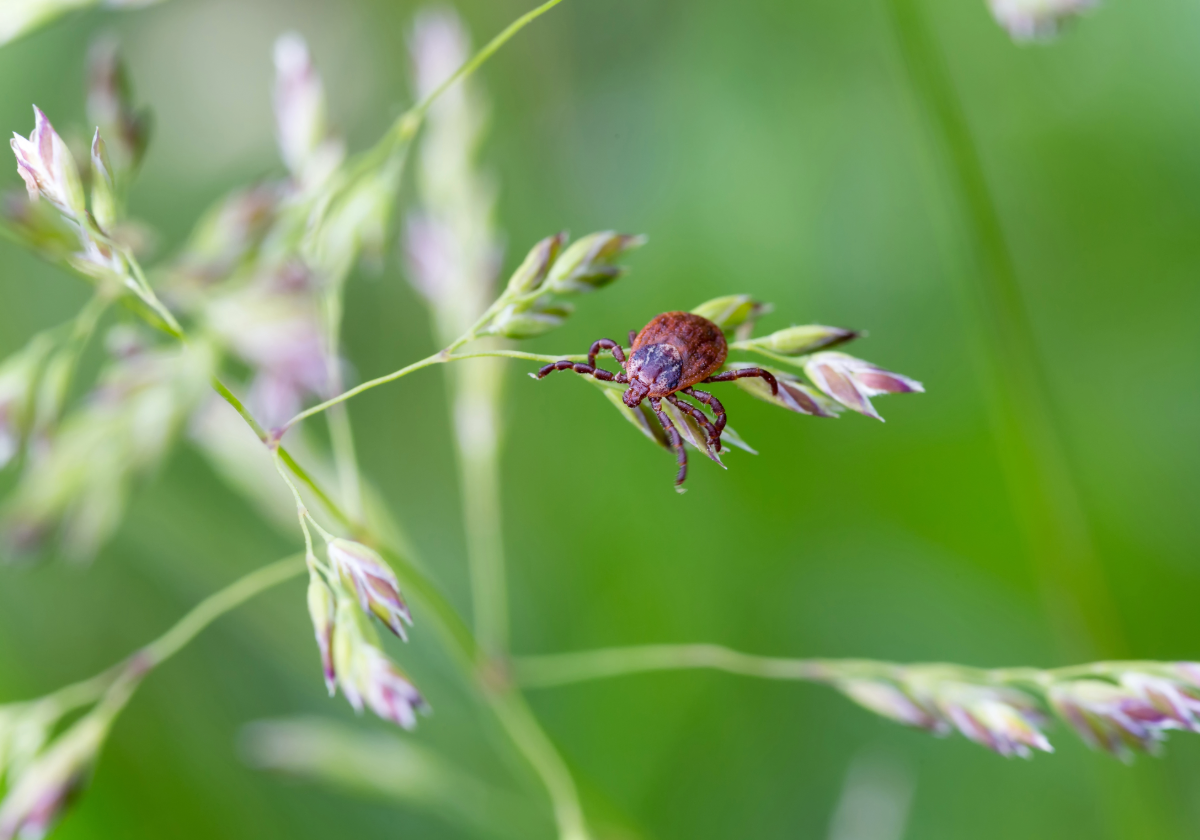Importance Of Finding Mice
If a mouse lives in your home, but no one’s around to see it, is it really there?
Well, yes! It’s important to routinely check your home for mice even if the issue isn’t apparent.
Why is that you might you ask?
First off, mice are prolific breeders. If you have them in one area of the house they can quickly become very populous and spread to other areas of the house. A female mouse has an average of 6 litters of pups per year and an average litter size of 8 pups. That means an average of 48 pups per female mouse over the course of a year!
Second, they can spread pathogens that lead to diseases such as salmonella (a cause of food poisoning), Hantavirus, tapeworms, and more. Mice contaminate surfaces and food not only through contact but also by the droppings and urine they leave behind.
Out of sight, out of mind is simply not an option for mice. This is why Adam’s recommends walking through your house at least every 6 months to look for signs of mice.
What To Look For?
So, what should you look for in order to find these elusive creatures?
Let’s first start with the obvious. A visual siting. If you see a mouse in your home, that’s a pretty good indication of a mouse issue… What’s important to know in this situation is that it’s probably not the only rodent in your home. There are likely more mice besides the one you just saw and there is always the potential for mice to enter your home the same way that one did.
Here are 3 additional signs you should look for that don’t require having to find the actual mouse
- Droppings
Probably the most common way to discover a mouse issue is by seeing droppings because mice leave behind 40-100 droppings every night! These droppings are rod-shaped and about a ⅛” – ¼” in length. Mouse droppings may be different colors based on what they ate. For example, if a mouse nibbled on a red candle, its droppings would likely be red as well.
For mouse dropping identification, visit: www.adamspestcontrol.com/blog/mouse-droppings/
- Chew Marks, (especially with food bags)
Mice are nibblers. They may visit different food items 20-30 times per night. It can be pretty apparent if a mouse has chewed into a bag of food. Make sure to check plastic bags, paper bags, cardboard boxes, and other food containers, especially if you think mice may be in the kitchen or pantry. If mice come in contact with any food in your kitchen or pantry, throw it out!
Even when they aren’t hungry, mice will chew things because similar to our fingernails, a mouse’s teeth never stop growing.
- Tunneling through insulation
Mice love tunneling through insulation and using it as a nesting material. If you suspect signs of mice in your attic, basement, crawl space, or other space with exposed insulation, check for signs of tunneling.
Where To Find Them?
Next, let’s look at what areas in your home to look for mice. Here’s a list of 4 places where mice are commonly seen in a home. We’ve grouped some spaces together for simplicity.
- Basements, Utility Rooms, and Crawl Spaces
- Kitchens and Pantries
- Garages and Sheds
- Attics
When you do walk through the house to check for rodents, make sure to look at these spaces for the previously mentioned signs.
If You Find Mice
If you have mouse concerns or need an inspection, contact the experts at Adam’s Pest Control. Our technicians are extensively trained in rodent identification, behavior, elimination, prevention, and more.
We not only provide multiple options for controlling existing rodent issues but also provide options for preventing them BEFORE they become an issue. Learn More.



